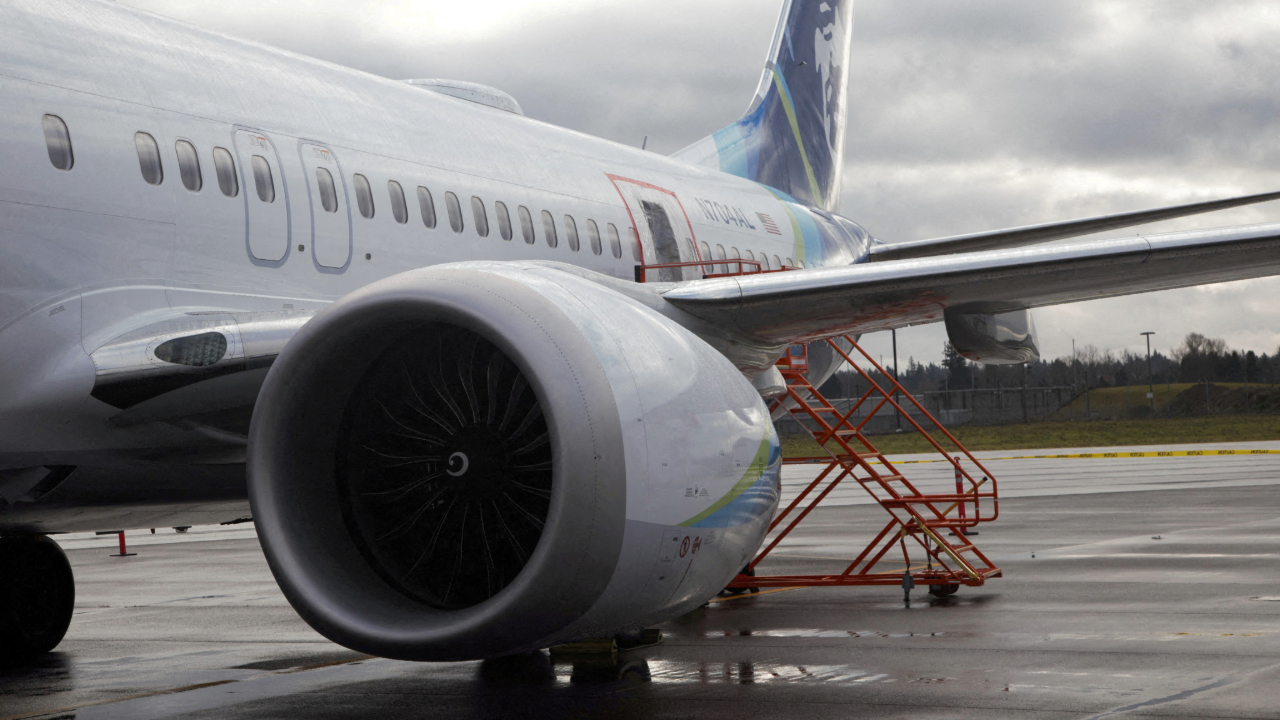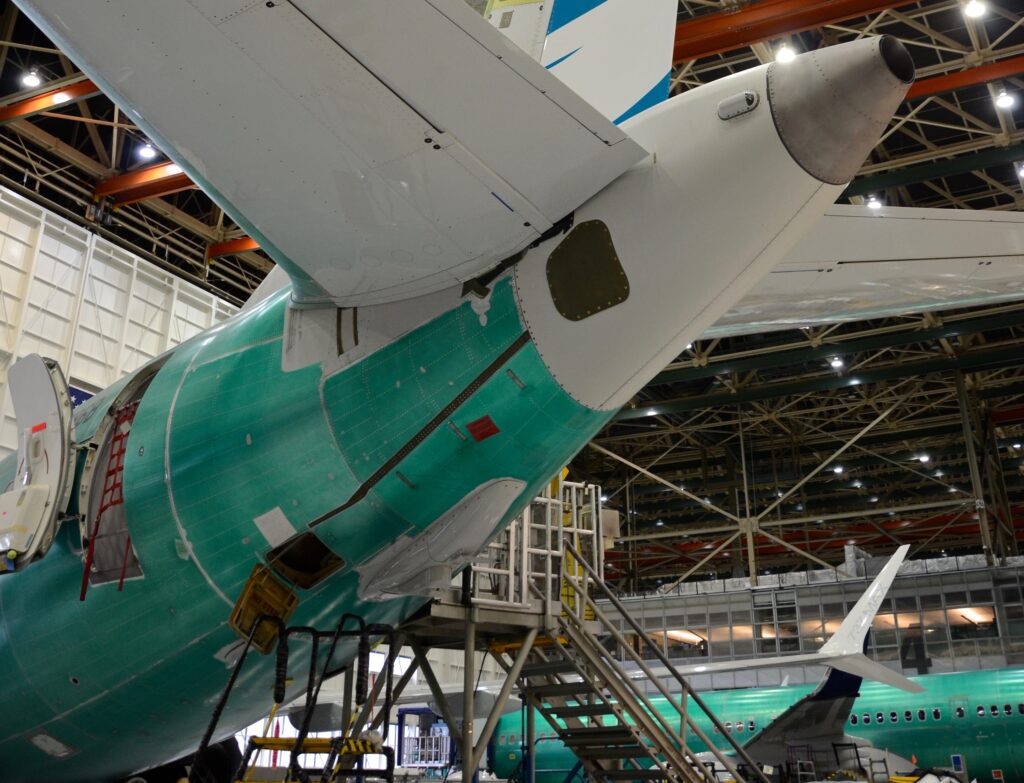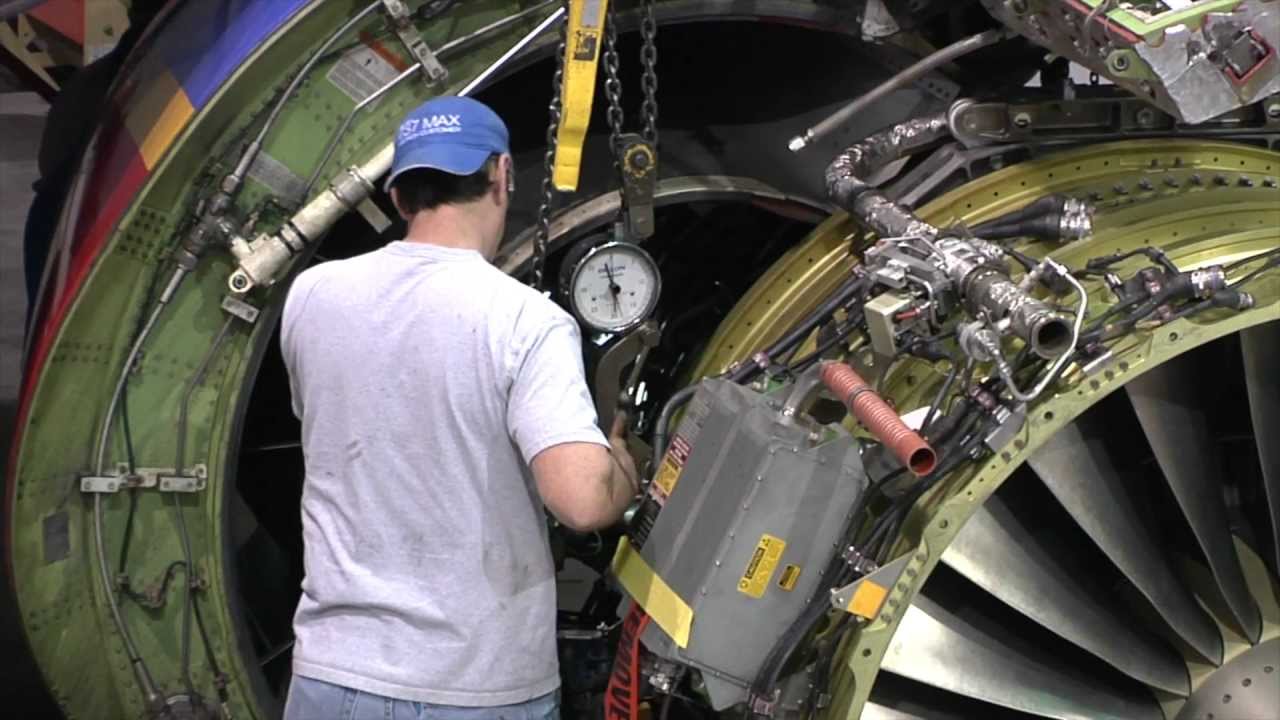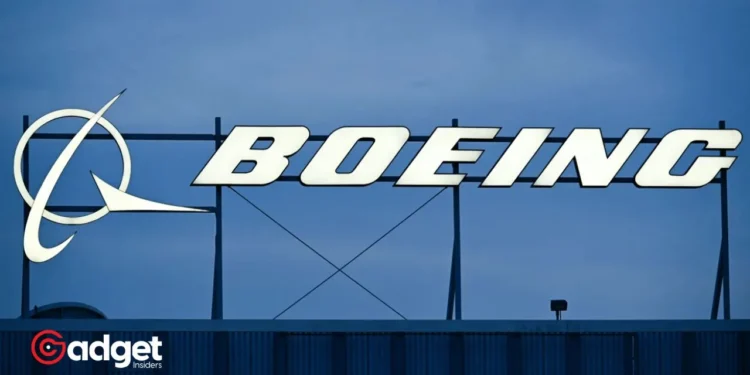In the latest chapter of Boeing’s ongoing saga, the aerospace giant faces a significant setback with its 737 Max series. An engine issue will sideline the fleet for up to a year, further delaying the certification of the eagerly awaited 737 Max 7s and Max 10s models. This development marks another bump in the turbulent journey of Boeing’s once-celebrated aircraft line, highlighting a complex interplay of safety concerns, regulatory scrutiny, and corporate accountability.

The Heart of the Issue: Engine Overheating and Safety Concerns
Boeing’s commitment to safety has been thrust into the limelight once again due to a glitch in the 737 Max’s anti-ice system, which poses a risk of overheating and damaging the engine. Despite the potential severity of the issue, the airplane manufacturing giant assures that it has never occurred in flight.
However, the theoretical risk of components breaking off mid-air has prompted a swift and serious response. In correspondence with Sen. Tammy Duckworth (D-Illinois), the company outlined its strategy, bringing on board a team of experts dedicated to devising a “safe and compliant solution.”
The company’s previous estimates had set the repair timeframe at nine to twelve months. This repair work is not just a matter of replacing parts but involves a deeper understanding of the engine’s air intake dynamics and its broader implications on aircraft performance and safety.
Boeing’s transparent approach, acknowledging the need for a comprehensive review of the issue’s safety and compliance impacts, reflects an understanding of the stakes involved.
Sen. Duckworth’s relief at the company’s proactive stance underscores the broader aviation community’s vested interest in the 737 Max’s reliability. “When it comes to the safety of passengers and crew, this fix cannot come soon enough,” Duckworth stated, emphasizing the urgency of the situation.

Regulatory Hurdles and Corporate Challenges
The ramifications of the engine issue extend beyond technical repairs. Certification delays for the 737 Max 7s and Max 10s impact Boeing’s timeline and affect major airlines’ operational plans. For instance, Southwest Airlines, with its all-737 fleet, has had to revise its 2024 capacity projections and earnings forecasts in light of these delays.
The Federal Aviation Administration (FAA) has granted the company a waiver allowing the continued operation of the already-certified 737 Max 8s and 9s. This concession, however, comes with its own set of expectations and responsibilities, ensuring that Boeing remains under close regulatory watch.
Boeing 737 Max engine issue will take up to a year to fix | NY Post https://t.co/rpKEpVQBNG Boeing will take up to a year to repair an engine issue on all its beleaguered 737 Max jets, which will delay the certification of its 737 Max 7s and Max 10s. pic.twitter.com/uInHLVGP8I
— Venik (@venik44) March 16, 2024
A Series of Unfortunate Events
Boeing’s recent history has been marred by a series of safety incidents that have shaken confidence in the aerospace manufacturer. Each event has prompted critical questions about the company’s quality control and production processes, from the alarming door panel incident on a Boeing 737 MAX 9 to a Boeing 757 losing its front tire.
High-profile voices within the industry, including United Airlines CEO Scott Kirby and Ryanair CEO Michael O’Leary, have expressed their concerns, underscoring the importance of rigorous quality assurance in aviation manufacturing.

Looking Ahead: Boeing’s Commitment to Safety and Reliability
As Boeing navigates through these challenges, the company’s priority remains
clear: ensuring the safety and reliability of its aircraft. While a setback, the extensive repair plan for the 737 Max series is a testament to the company’s dedication to rectifying issues and restoring faith in its products.
The aerospace giant’s journey toward resolving the 737 Max’s troubles is a reminder of the intricate balance between innovation, safety, and the imperatives of commercial aviation.
As Boeing works to overcome the current hurdles, the industry and its passengers watch closely, hopeful for a resolution that reinforces safety without compromising the future of flight.










